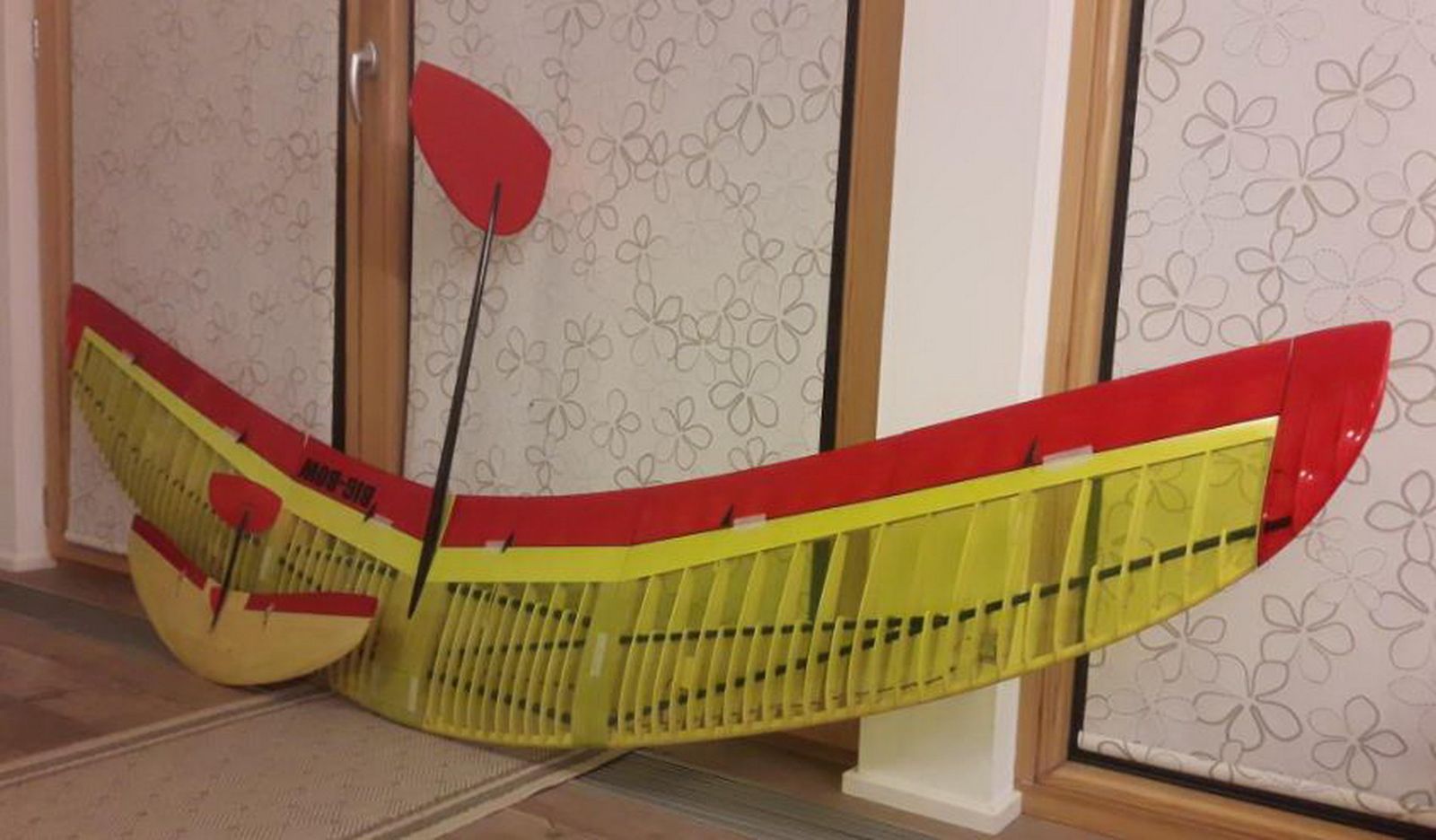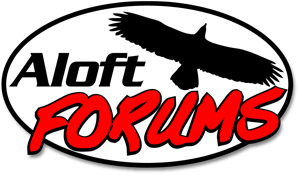I'm excited to share this new kit with you all. This is a very good looking model, a well refined design and it is really an enjoyable and easy build. I'm going to show as much detail as possible here, so it might look like a tough build, but is is actually pretty darn easy.
Here is a link to the Assembly Notes, it is mostly a link to this build thread with some additional details. HERE.
Ok first up a bit about the BOW series of wings. The BOW's are designed by a dedicated pair of crazy wing guys in Austria, David and Franz. They have refined these wings over many different designs and they range in size from 900mm to 2800mm spans.

Over the years they have really refined their craft and I have to say it shows!
Basic specs for the 110
Wingspan: 1100mm
Wing area: 19.1dm2
Length: approx. 526mm
The kit can be set up for the Discus launch for both left-handed and right-handed pilots. She is great as a thermal hunter or on the slope.
What we will be showing on this first build is our prototype, I failed to take photos of a couple of steps and there may be slight changes in the final kits. I must say it went together so nice! OK - Lets get started.
Get yourself a nice clean and flat build area. Roll out the plans and get started. I tried a couple of simple things on this build. I used a flat piece of wood and used some masking tape to put a nice clean sheet of cardboard down to the wood. This gives me a nice surface I can push pins into, this worked very well. I also like to cover the plans with something. In the past I used wax-paper, but this time I used some of our laminating film. Worked great! Think I used some 3 mil. CA glues does not stick to the shiny side of the film much at all.
Here I am test fitting the first couple of parts. Yep, looks good! (I love that leading edge shape.)

Still checking parts/ This little center rib has a lot going on. Nice to see the laser has not issues with it.

Building up the center box and test fitting the spar. Follow the plans for the details as there are several parts coming together. Once you have this box together you may want to test fit the tail tube. It should be a nice snug fit. Make sure you are using the correct 7mm OD tube, not the longer 8mm tube.

Onto the wing tips. They are pretty darn simple, just fallow the drawings on the plans. If you plan to install the DLG post, now is the time to figure out what side you would like it on.


Time to mark the spars for cutting. Just lay them in position and mark your cut with some tape. I use a little arrow so I know what side to cut on. NOTE: When cutting carbon it is a good idea to protect yourself from the dust, it is not good stuff to inhale.



And test fit it all into the center box:

Here is a link to the Assembly Notes, it is mostly a link to this build thread with some additional details. HERE.
Ok first up a bit about the BOW series of wings. The BOW's are designed by a dedicated pair of crazy wing guys in Austria, David and Franz. They have refined these wings over many different designs and they range in size from 900mm to 2800mm spans.

Over the years they have really refined their craft and I have to say it shows!
Basic specs for the 110
Wingspan: 1100mm
Wing area: 19.1dm2
Length: approx. 526mm
The kit can be set up for the Discus launch for both left-handed and right-handed pilots. She is great as a thermal hunter or on the slope.
What we will be showing on this first build is our prototype, I failed to take photos of a couple of steps and there may be slight changes in the final kits. I must say it went together so nice! OK - Lets get started.
Get yourself a nice clean and flat build area. Roll out the plans and get started. I tried a couple of simple things on this build. I used a flat piece of wood and used some masking tape to put a nice clean sheet of cardboard down to the wood. This gives me a nice surface I can push pins into, this worked very well. I also like to cover the plans with something. In the past I used wax-paper, but this time I used some of our laminating film. Worked great! Think I used some 3 mil. CA glues does not stick to the shiny side of the film much at all.
Here I am test fitting the first couple of parts. Yep, looks good! (I love that leading edge shape.)
Still checking parts/ This little center rib has a lot going on. Nice to see the laser has not issues with it.
Building up the center box and test fitting the spar. Follow the plans for the details as there are several parts coming together. Once you have this box together you may want to test fit the tail tube. It should be a nice snug fit. Make sure you are using the correct 7mm OD tube, not the longer 8mm tube.
Onto the wing tips. They are pretty darn simple, just fallow the drawings on the plans. If you plan to install the DLG post, now is the time to figure out what side you would like it on.
Time to mark the spars for cutting. Just lay them in position and mark your cut with some tape. I use a little arrow so I know what side to cut on. NOTE: When cutting carbon it is a good idea to protect yourself from the dust, it is not good stuff to inhale.
And test fit it all into the center box:
Last edited:


